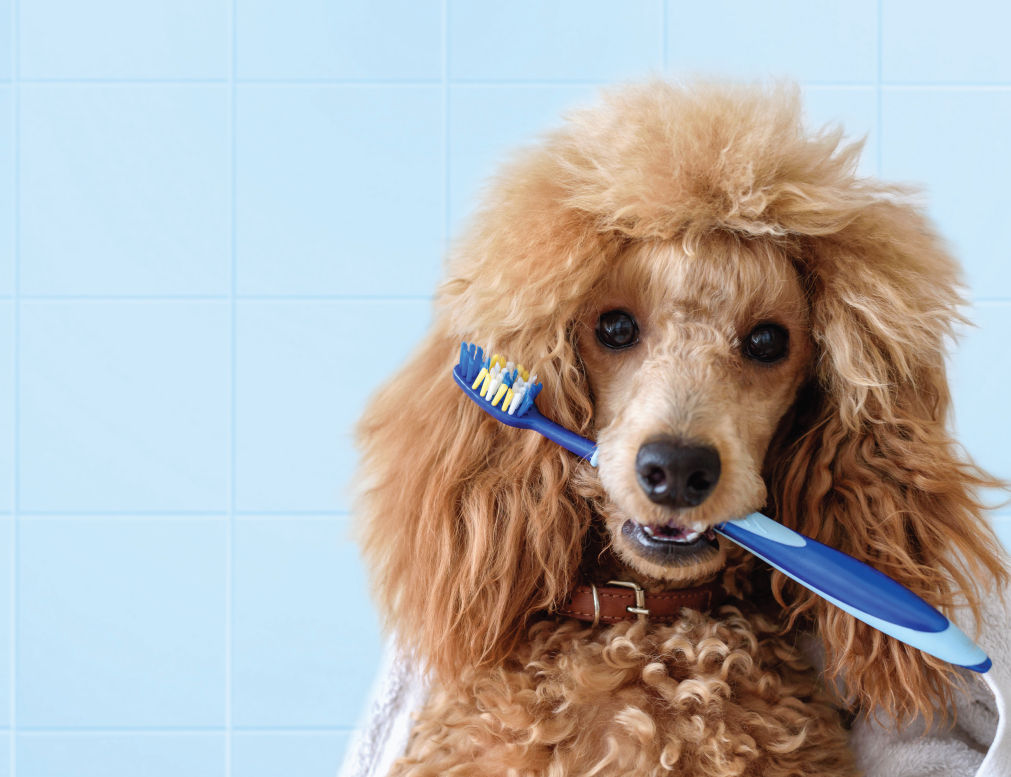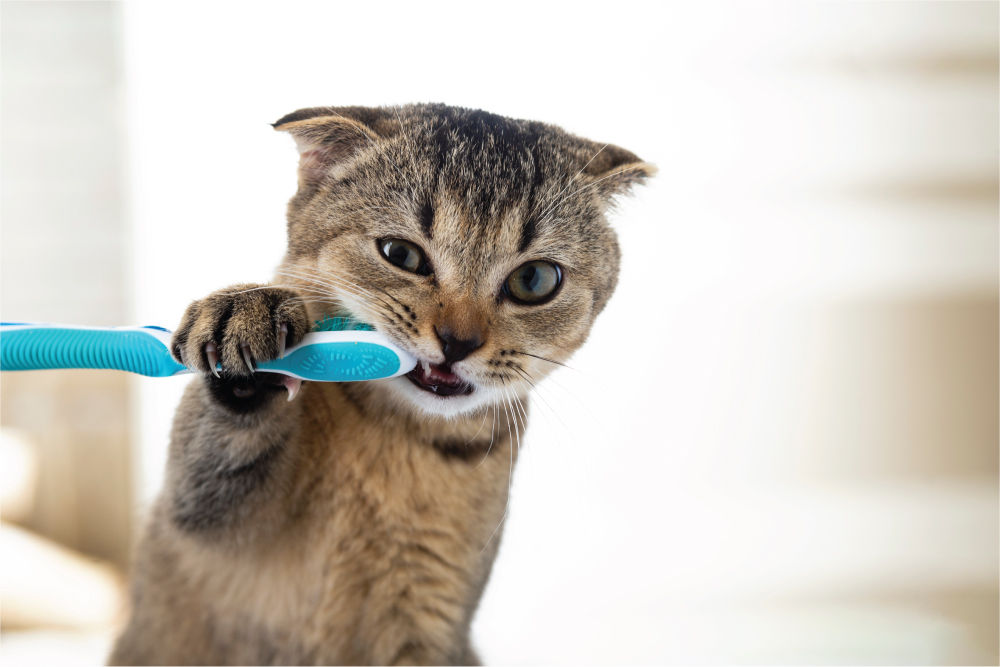- Address
-
3625 Midway Dr Suite T
San Diego, CA 92110
- Phone Number
- Email ID
Shelter Island Veterinary Hospital can provide for all of your animal’s dental care needs. From simple cleanings to root canals, we are here to provide everything your pet needs to live a longer, happier, healthier life.
We offer *Free* oral examinations by our Veterinary Nurses to evaluate your pet’s dental health and to educate you on how to best care for your pet. Your pet’s teeth and gums will be evaluated, and a treatment plan will be recommended. Maybe you need to learn how to brush your pet’s teeth. Our staff would be happy to give you tips on how to be successful in this process. If your pet’s gums are red, bleeding, or if there is an unpleasant odor, your pet may need a thorough dental prophylaxis (or dental “cleaning”). After consultation with the doctor, an estimate will be provided to you for complete care of your pet’s teeth.
According to the American Veterinary Dental Society, more than 80 percent of dogs and 70 percent of cats develop gum disease by the age of three years. Periodontal disease is the most common dental condition affecting dogs and cats. Infection and inflammation of the gums and supporting tissues of the teeth are caused by bacteria present in plaque and calculus (tartar).
The problem begins when plaque and calculus are allowed to build up on a pet’s teeth, especially below the gumline. Bad breath, bleeding and inflammation of the gums, receding gums, loosening, and the eventual loss of teeth are characteristic of the condition. Preventative cleaning to keep the teeth clean is important to prevent gum disease.
Dental Problems in Dogs and Cats Include:
■ Halitosis (Bad Breath)
■ Gingivitis (Red, Bleeding, or Swollen Gums)
■ Periodontitis
■ Cavities
■ Dead or Discolored Teeth
■ Loose Teeth
■ Broken Teeth
■ Abscessed Teeth
■ Supernumerary (extra) Teeth
■ Resorptive Lesions
■ Oral-Nasal Fistulas
■ Feline Stomatitis

Broken teeth are no laughing matter! Broken teeth are common in pets. Dogs can break their teeth by chewing on inappropriate items such as rocks, bones, treats (antlers, hooves, etc), and ice cubes that are too hard. Trauma can cause broken teeth as well, such as a fall or collision with a wall, vehicle, or other objects. There are 2 types of “fractures” (the description of a broken tooth). The first is an “uncomplicated” fracture meaning the inside structure or root canal is not exposed. For this type of fracture, a dental radiograph is taken to evaluate the viability of the tooth. When there is no evidence that the tooth has died or is infected, a sealant can be applied to the tooth to protect it from becoming infected. The other type is a “complicated” fracture where the inside of the tooth is exposed. These teeth may bleed when they are broken, but often times your pet won’t even tell you that he or she has hurt themself. When the tooth is broken the nerve and blood vessels inside the tooth are exposed to the outside world. This is very painful. Bacteria enter through this tiny opening and can enter the bloodstream through the blood vessels that supply the tooth. Eventually, the tooth will die and become infected. It is rare to see a pet who won’t eat because of a broken tooth. It is our pet’s instincts that tell them to either swallow the food without chewing or just chew on the other side. Frequently these animals may lose interest in play and sleep more. However, as our animals age they tend to lose interest in playing and sleep more, so oral pain is usually attributed to aging. However, once these pets are treated it is all too common for us to hear “My pet hasn’t been this playful in years!”
Complicated dental fractures can only be treated in 2 ways. The first is to extract the tooth. The second is to have a root canal performed. Some “uncomplicated” fractures can be treated by applying a “patch” or sealant to the tooth while complicated fractures can be treated with extraction or referral to a dental specialist.
